Sean “Diddy” Combs Seen in Prison for the First Time Since Conviction
For the first time since his high-profile conviction, Sean “Diddy” Combs has been photographed behind bars, revealing a stark departure from the glitzy lifestyle that made him one of hip-hop’s most iconic figures. Gone are the designer suits, red carpets, and celebrity glamour — replaced by standard prison attire and the reality of incarceration.
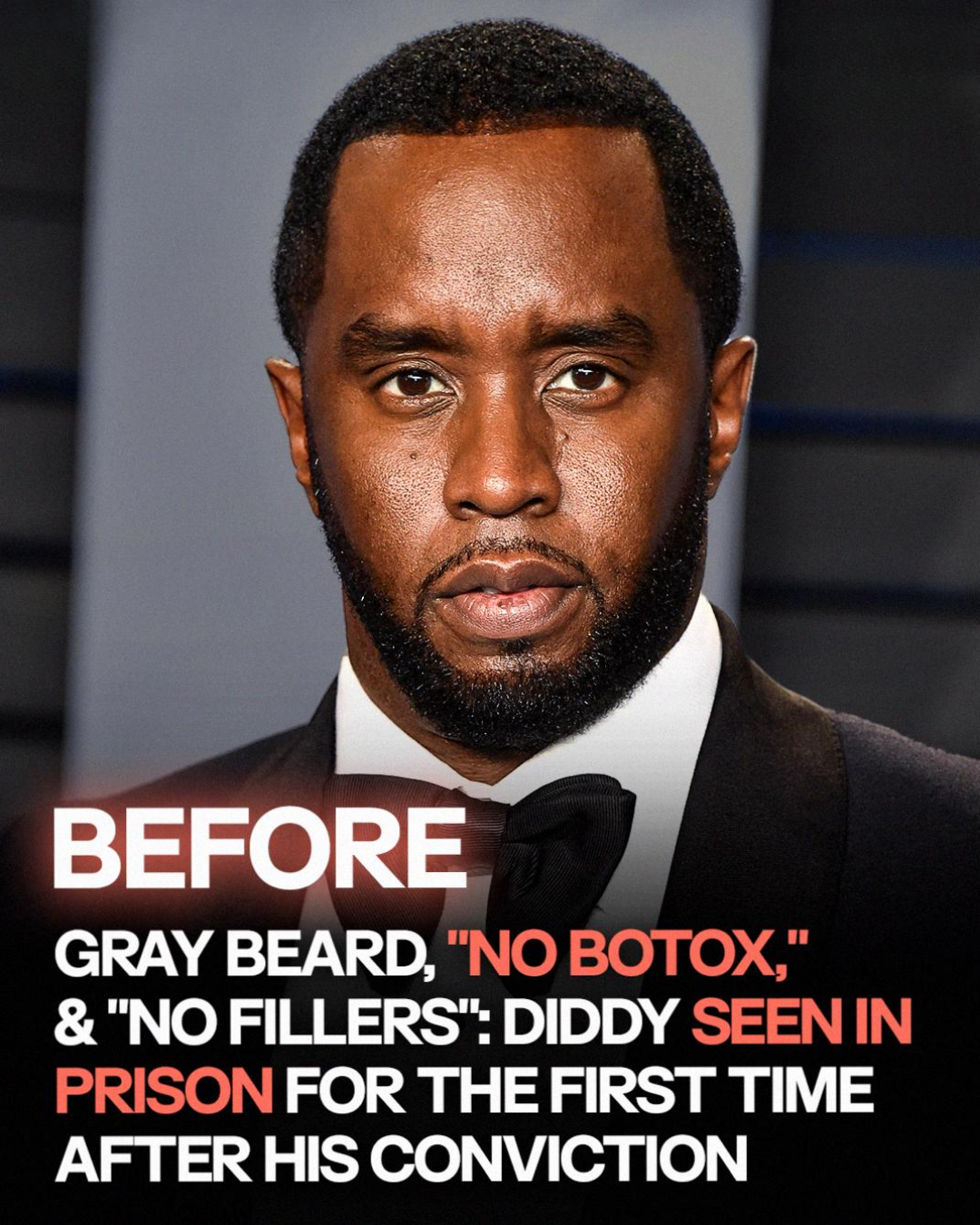

The images show Combs, 55, wearing gray sweatpants, a sweatshirt, and a beanie, looking somber and contemplative. Reactions online have been mixed: some expressed concern for his safety and well-being, while others noted the striking contrast between these photos and the polished public image fans have long associated with the music mogul.
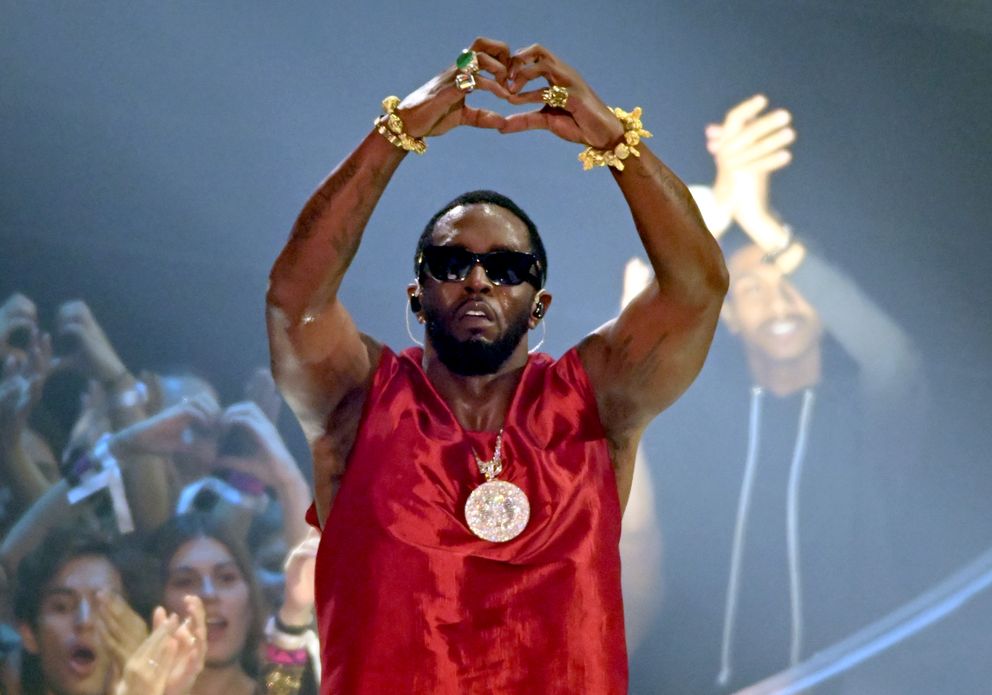
Combs is currently serving a 50-month sentence at Fort Dix, a low-security federal prison in New Jersey, for transporting individuals across state lines for illegal s*xual activity. He had already spent 13 months in pre-sentence custody and faces several more years behind bars, with a projected release date of May 8, 2028, factoring in time served and potential program credits. His legal team has filed an appeal and requested expedited proceedings.

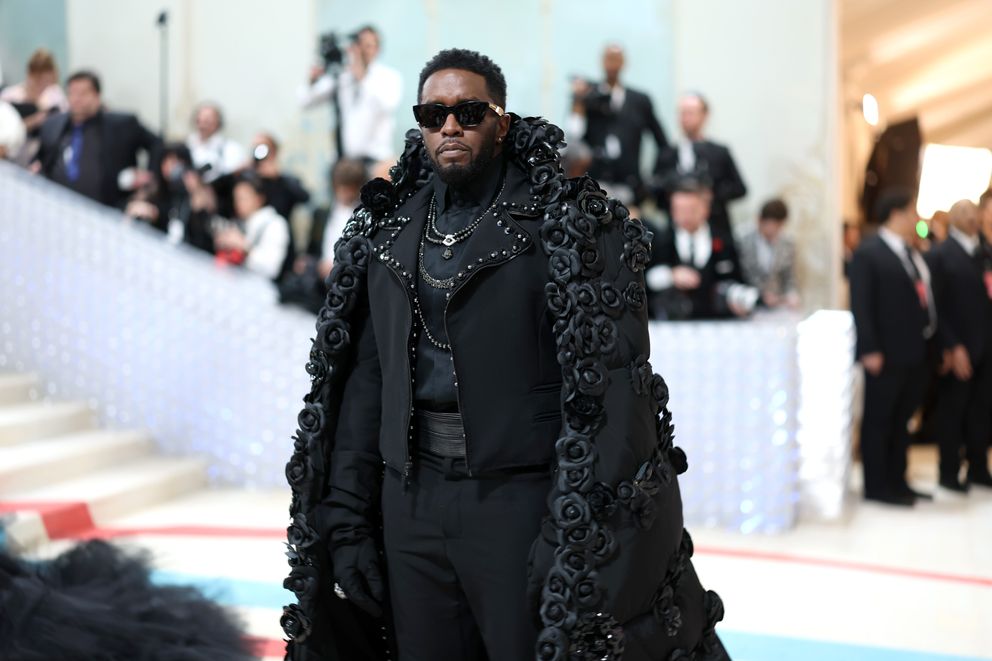
During the trial, multiple women provided moving testimony describing instances of coercion and abuse, leading to Combs’ conviction under the Mann Act. He was acquitted of the more severe charges, including s*x trafficking and racketeering, which would have resulted in significantly longer prison terms.
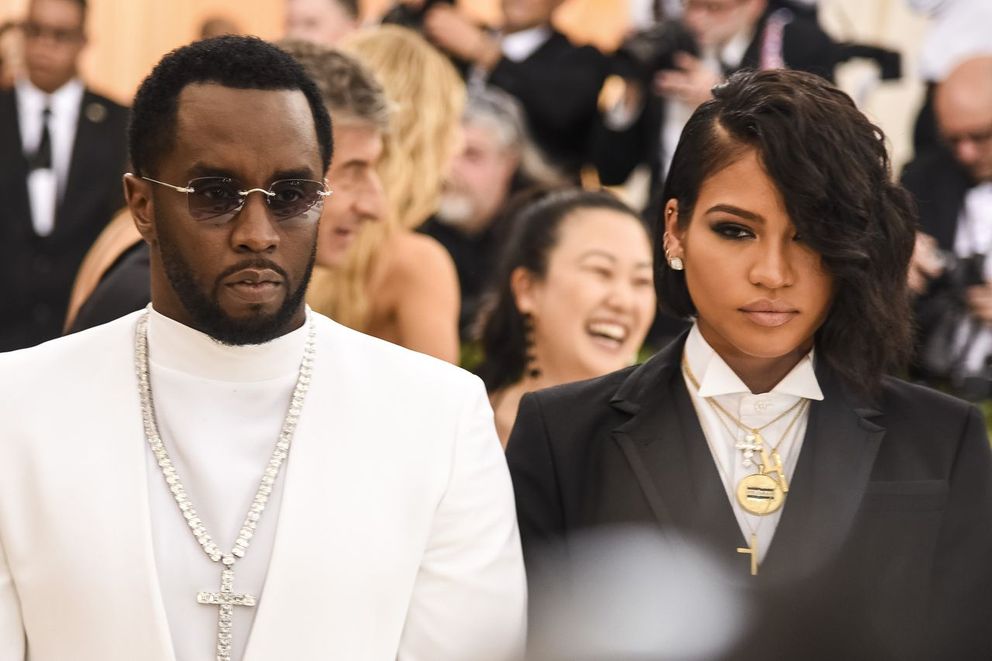
At sentencing, Combs publicly expressed remorse, describing his actions as “disgusting, shameful, and sick.” He offered apologies to his victims, including former partner Cassie Ventura, and acknowledged the deep personal consequences of his behavior. Combs also emphasized the impact on his family, highlighting the strain his incarceration has placed on his children and their desire for healing and stability.
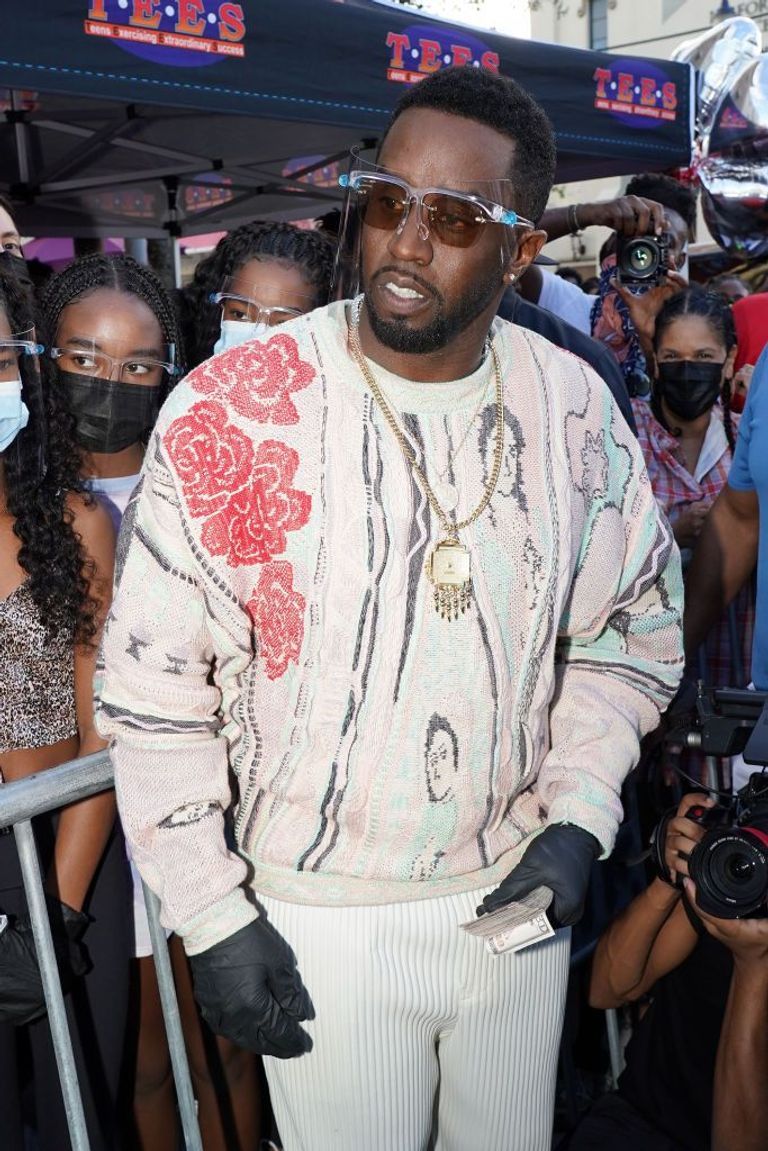
The trial and subsequent sentencing marked a dramatic fall from grace for one of music’s most influential figures. Beyond the legal proceedings, the case revealed a personal side rarely seen by the public. Combs’ legal team pointed to his charitable efforts, dedication to family, and commitment to rehabilitation, while emotional testimonies from his children underscored the human toll of his actions. Additionally, President Trump has confirmed that Combs has applied for a presidential pardon, though no decision has been announced.
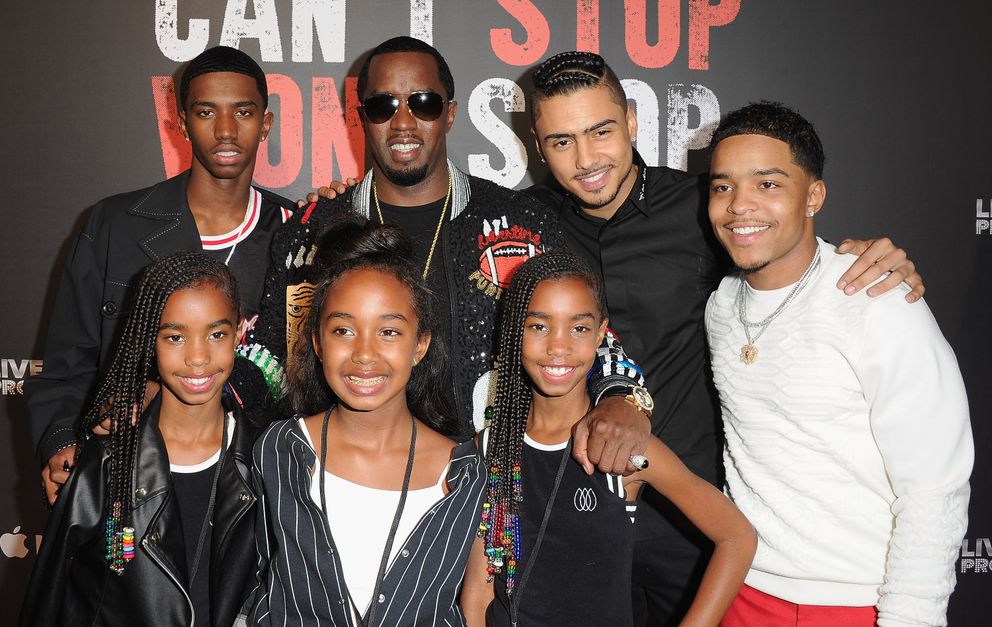
Conclusion
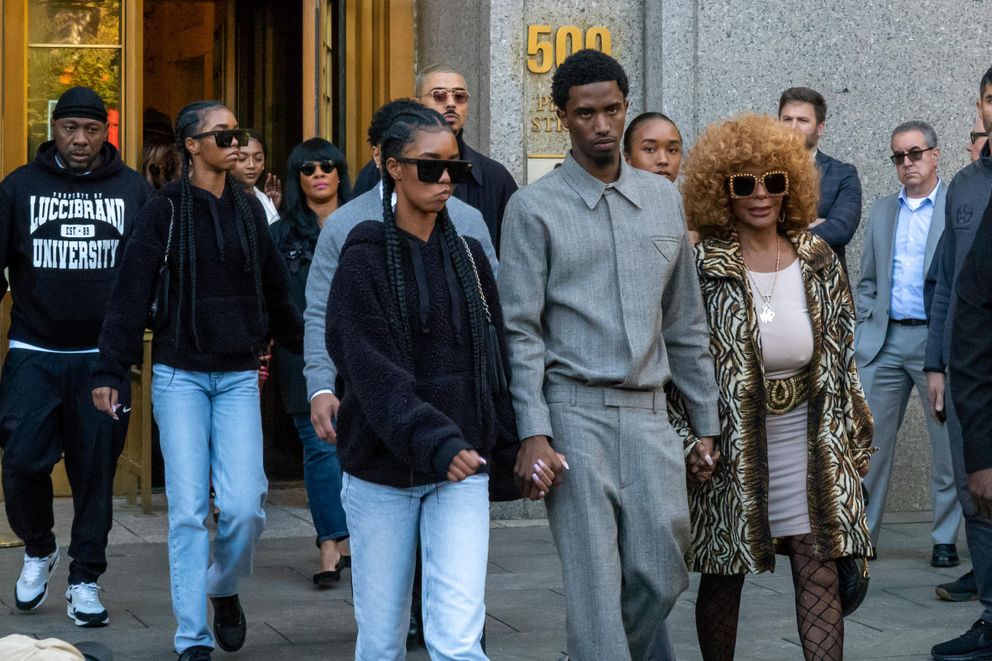
The prison photographs of Sean “Diddy” Combs underscore the stark contrast between his past celebrity persona and the consequences of his actions. They serve as a reminder that accountability, reflection, and personal growth are necessary for all, even those who once seemed untouchable in the public eye.
Beyond the headlines and social media chatter, Combs’ story highlights the complex intersection of fame, responsibility, and the human cost of legal and personal missteps.
